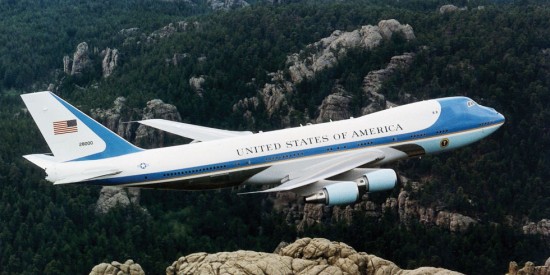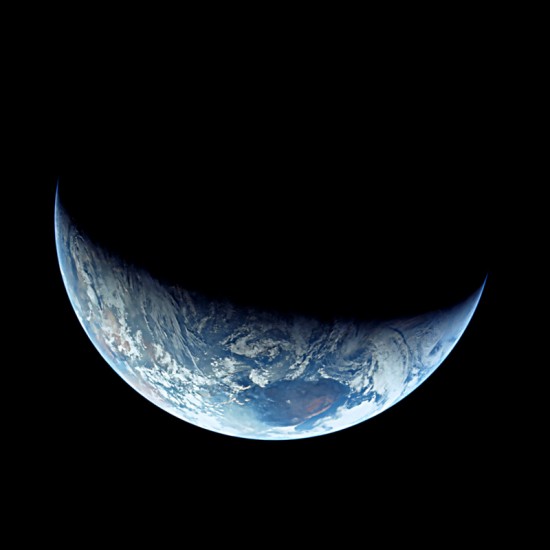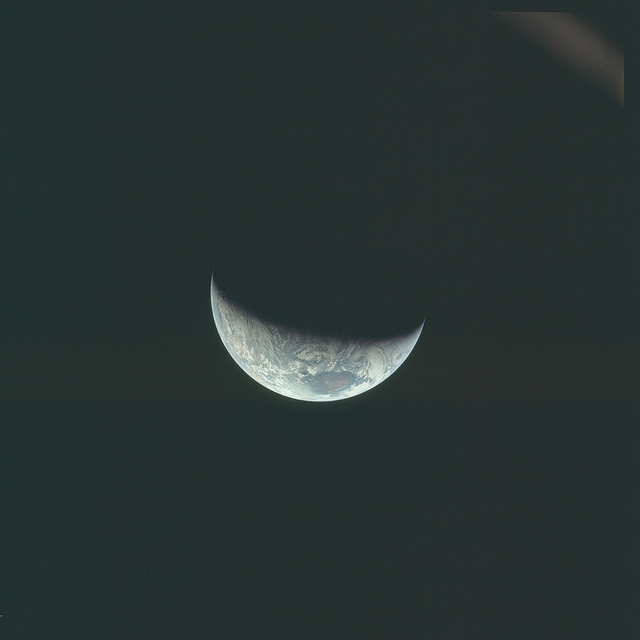Air Force One is old.
No, “Air Force One” is not actually a plane, but rather the callsign assigned to the plane the President of the United States is currently on. But the two planes that don the moniker most frequently are ancient, and while replacements are on the way, they won’t arrive for a while.
According to The New York Times, the Department of Defense is currently trying to button up a contract for the next iteration of Air Force One mainstays. The current pair—first flown in 1987—are modified Boeing 747-200Bs, a model that was initially introduced way back in 1971 but hasn’t been in production since 1991. Replacement parts are no longer manufactured, leaving the Air Force with the trouble of having them custom made.



